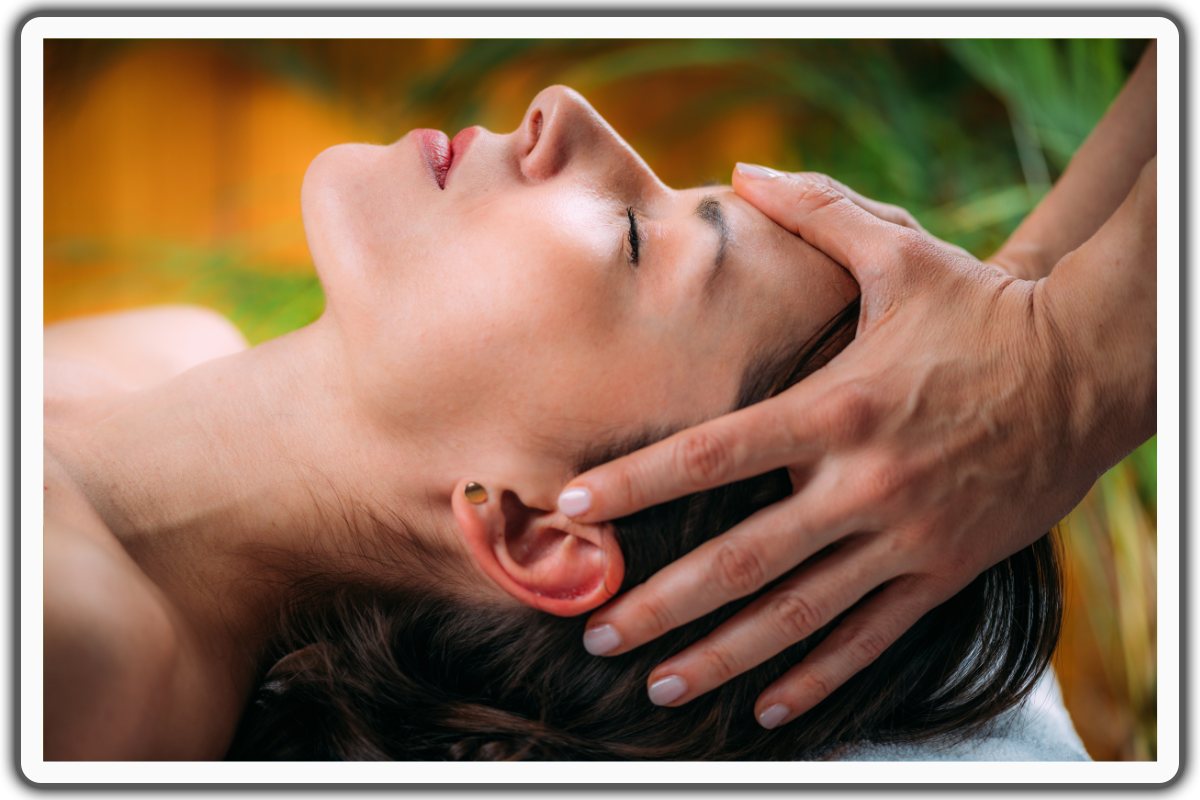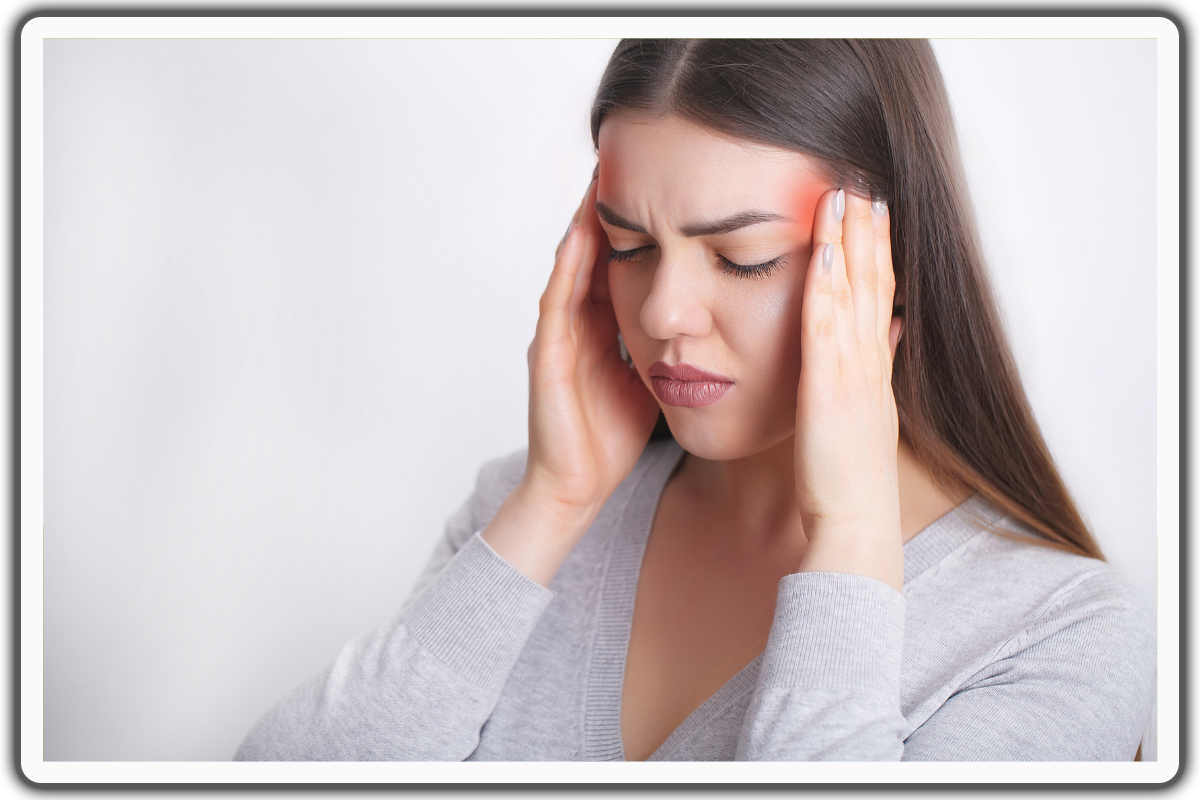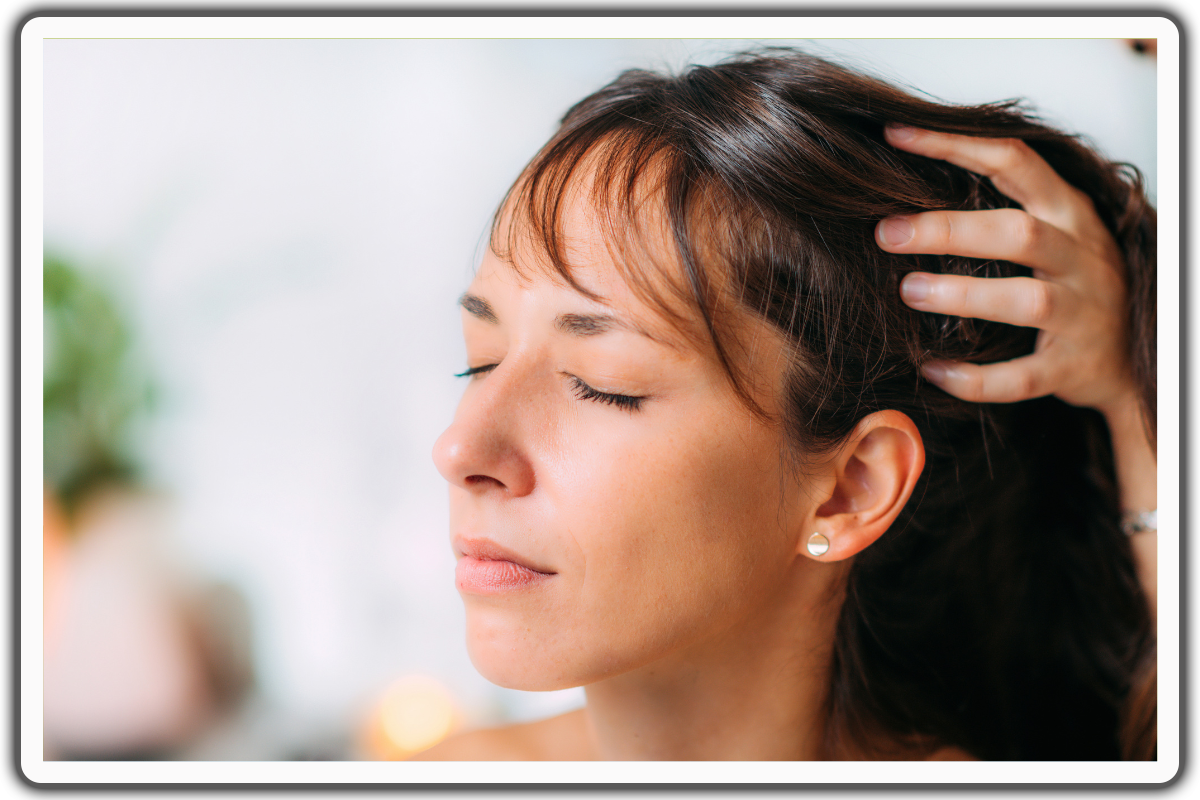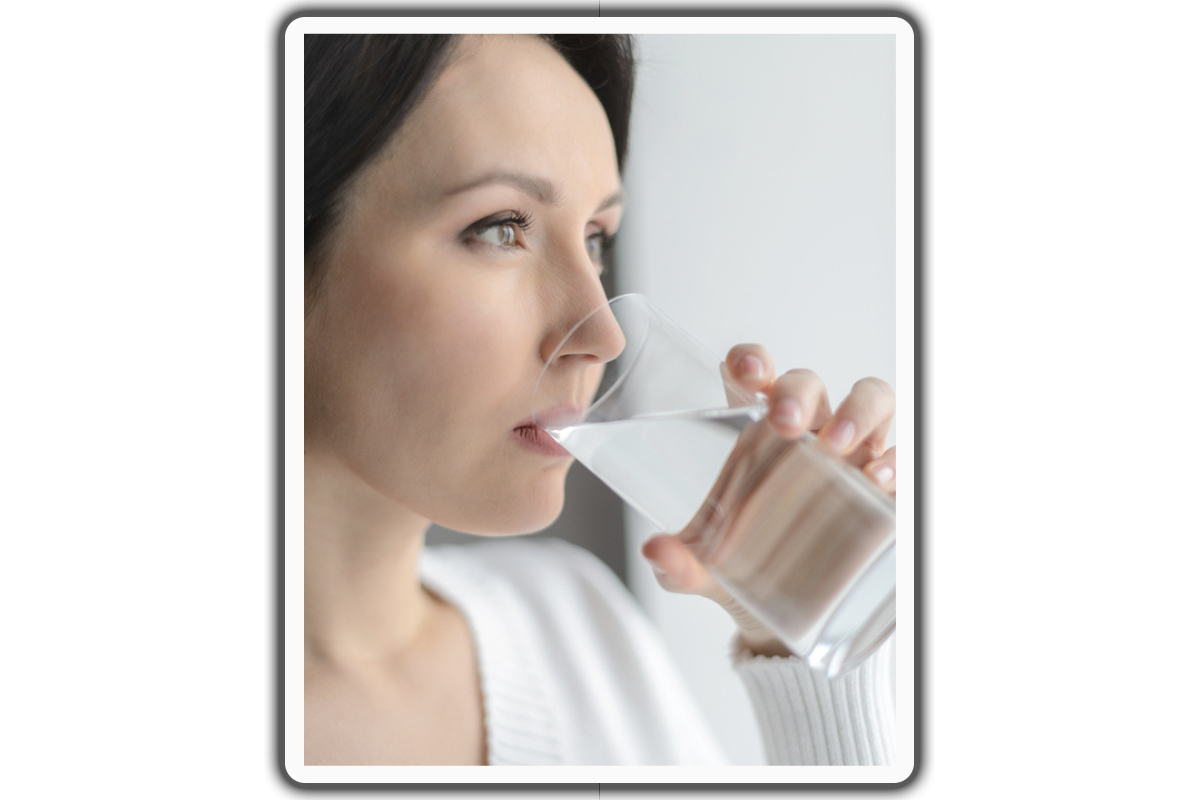
Migraine Massage: Melt Away the Throbbing Pain
Imagine this: you’re going about your day when a familiar feeling creeps in – a dull ache behind your eye that morphs into a throbbing, pulsating pain. Light seems to amplify the discomfort, and even the gentlest sound feels like a jackhammer to your skull. If you experience this scenario all too often, you’re likely one of the millions who suffer from migraine headaches.
Migraines are a complex neurological condition causing intense, throbbing pain, often on one side of the head. Unlike tension headaches, which feel like a dull ache or pressure around the head, migraines can be accompanied by an array of symptoms, including:
The debilitating nature of migraines can significantly impact your daily life. Fortunately, there are ways to manage migraines, and massage therapy can be a powerful tool in your arsenal.
Understanding Migraines

While the exact cause of migraines remains under investigation, several factors are believed to contribute:
Is Massage Safe for Migraines?
The short answer is YES, absolutely!
When done correctly and with knowledge of your specific condition, massage therapy can be a safe and effective way to manage migraines. However, it’s important to consult your doctor before starting any new therapy, especially if you have any underlying health conditions.
Here are some situations where massage might not be suitable:
The Powerful Benefits of Massage for Migraines

Massage therapy can offer many benefits for migraine sufferers, including:
Choosing the Right Migraine Relief Massage Therapy
Different massage techniques offer varying benefits. Here are some of the most effective approaches for migraine relief:
Preparing for a Migraine Massage: Communication is Key
To maximize the benefits of your massage and ensure a safe and comfortable experience, consider the following tips:
What to Expect During a Migraine Massage
Here’s a breakdown of what you can expect during a migraine massage:
Can I Get a Massage During a Migraine Attack?
While massage therapy is generally most effective for preventing migraines, it can also offer some relief during a mild attack. The key is to communicate clearly with your therapist beforehand. Ideally, choose a therapist who specializes in headaches and is comfortable working with clients experiencing migraines. They can tailor the session to focus on relaxation and pain relief without aggravating migraine symptoms.
Beyond the Session: Self-Massage Techniques for Continued Relief
In addition to professional massage, incorporating self-massage techniques into your routine can provide ongoing benefits. Here are a few simple methods to target common tension points:
Many instructional videos and diagrams available online can help you master these techniques.
Potential Side Effects: What to Expect After Your Massage
Massage for migraine is generally safe, but it’s possible to experience some temporary side effects, especially after your first session. These may include:

While massage therapy can be a powerful tool, consider exploring other complementary therapies alongside it for a holistic approach to migraine management. Here are a few options:
Conclusion: Take Back Control of Your Life
Migraines don’t have to control your life. By incorporating massage therapy and other complementary approaches into your migraine management plan, you can experience significant relief and take back control of your well-being. Remember, consistency is key. Regular massage sessions, self-care techniques, and a healthy lifestyle can contribute to significantly reducing migraine frequency and intensity.
Ready to find a massage therapist who specializes in headache relief? In the meantime, why not subscribe to our blog for more tips on natural migraine relief and overall wellness?
